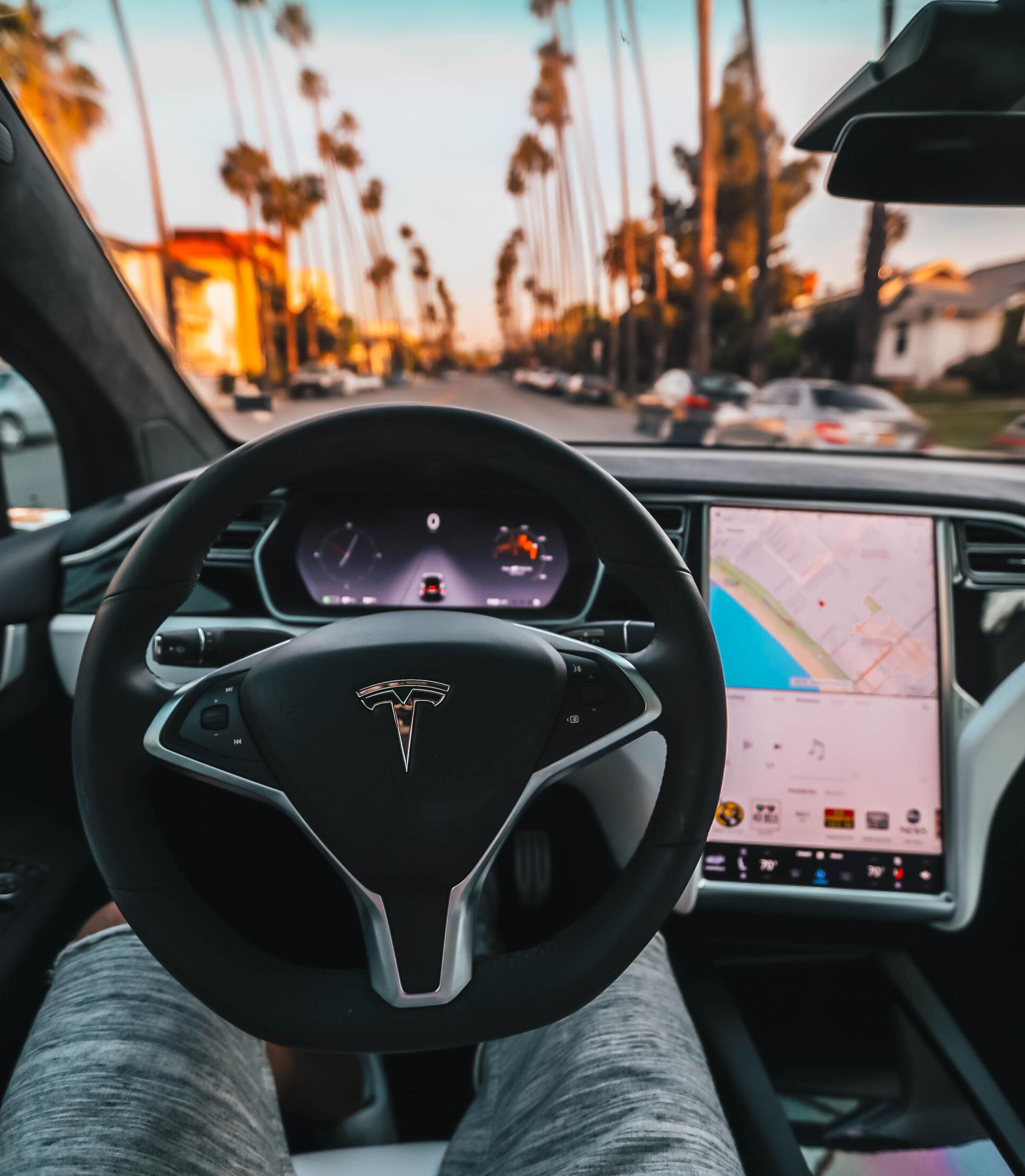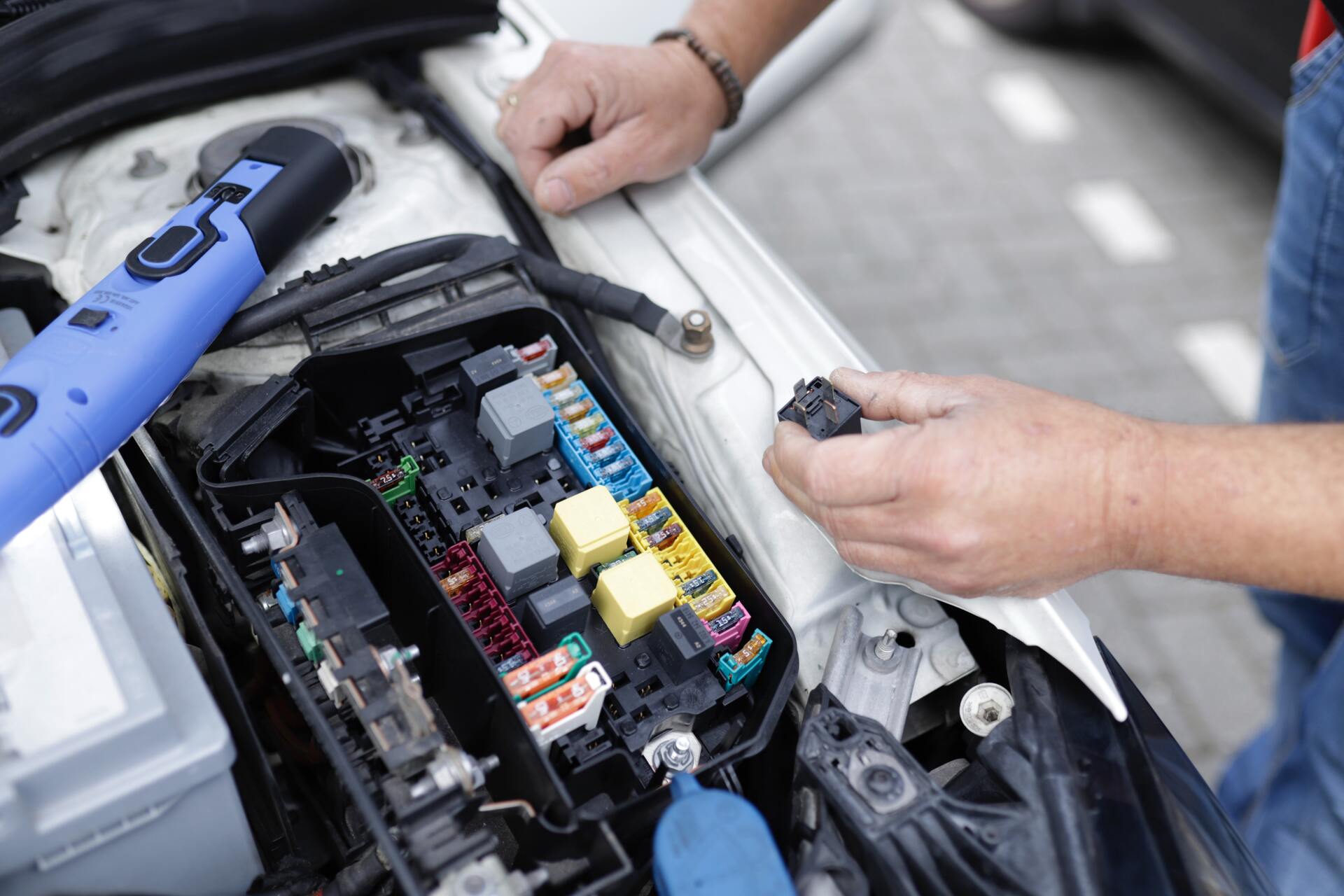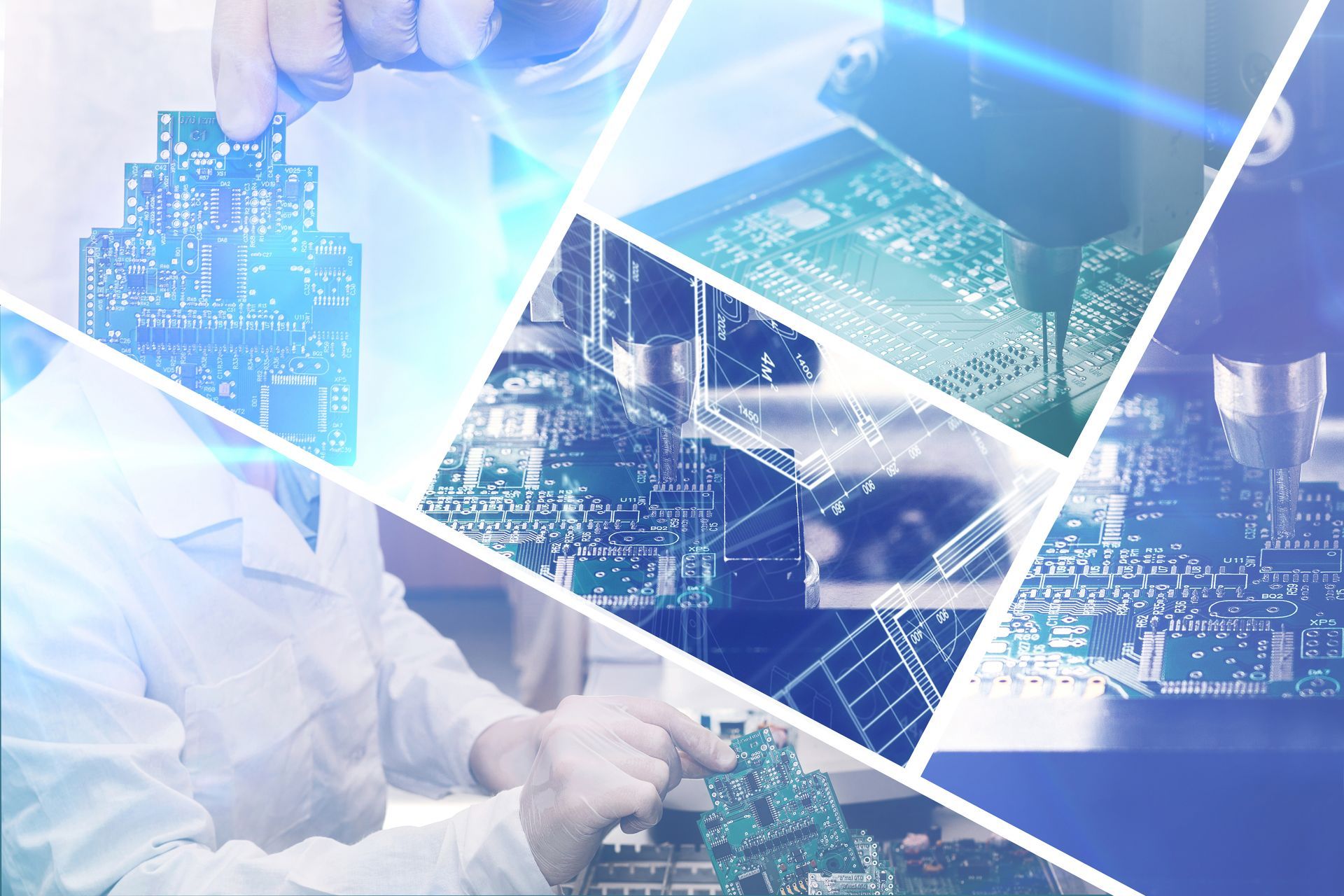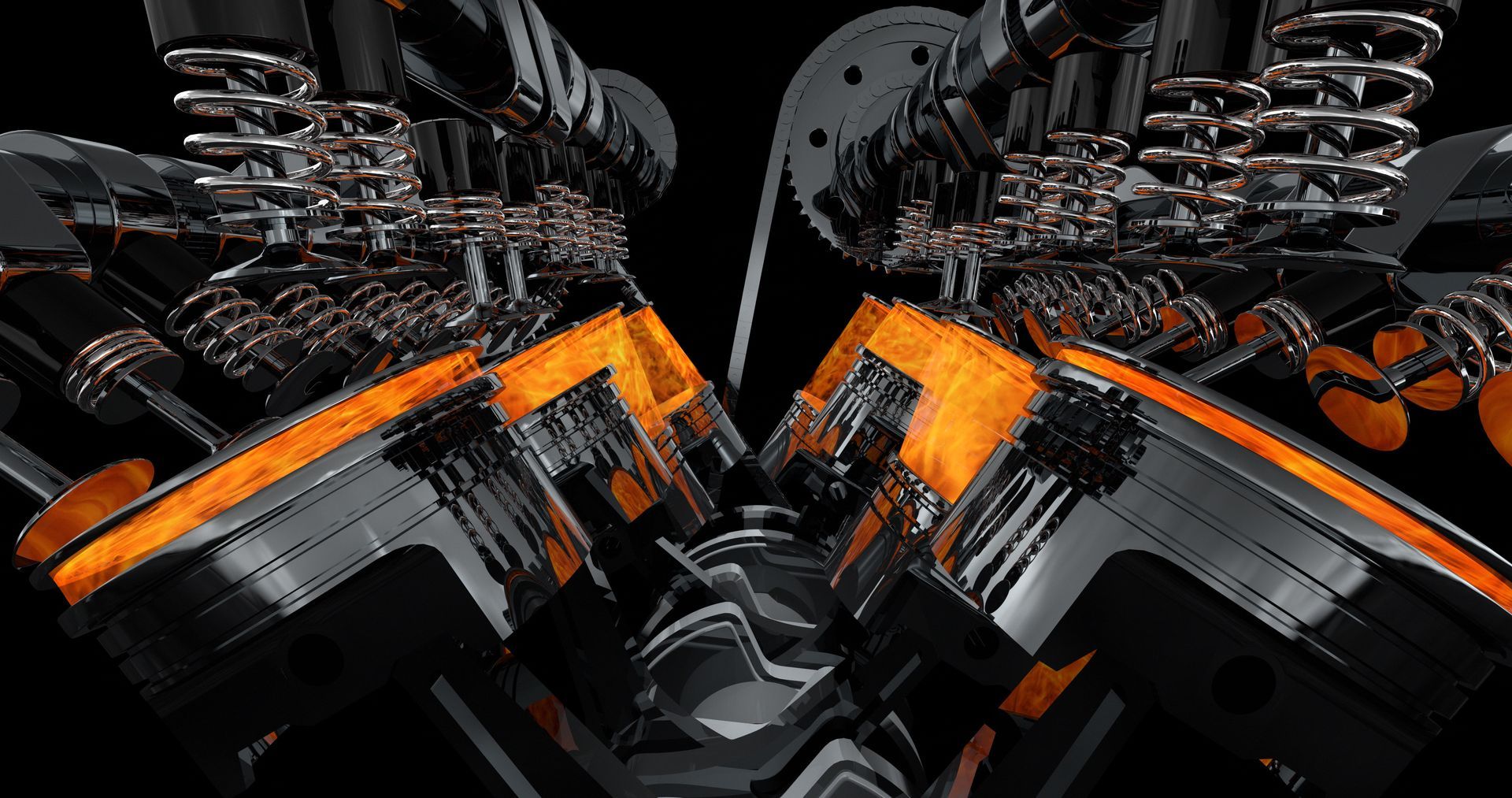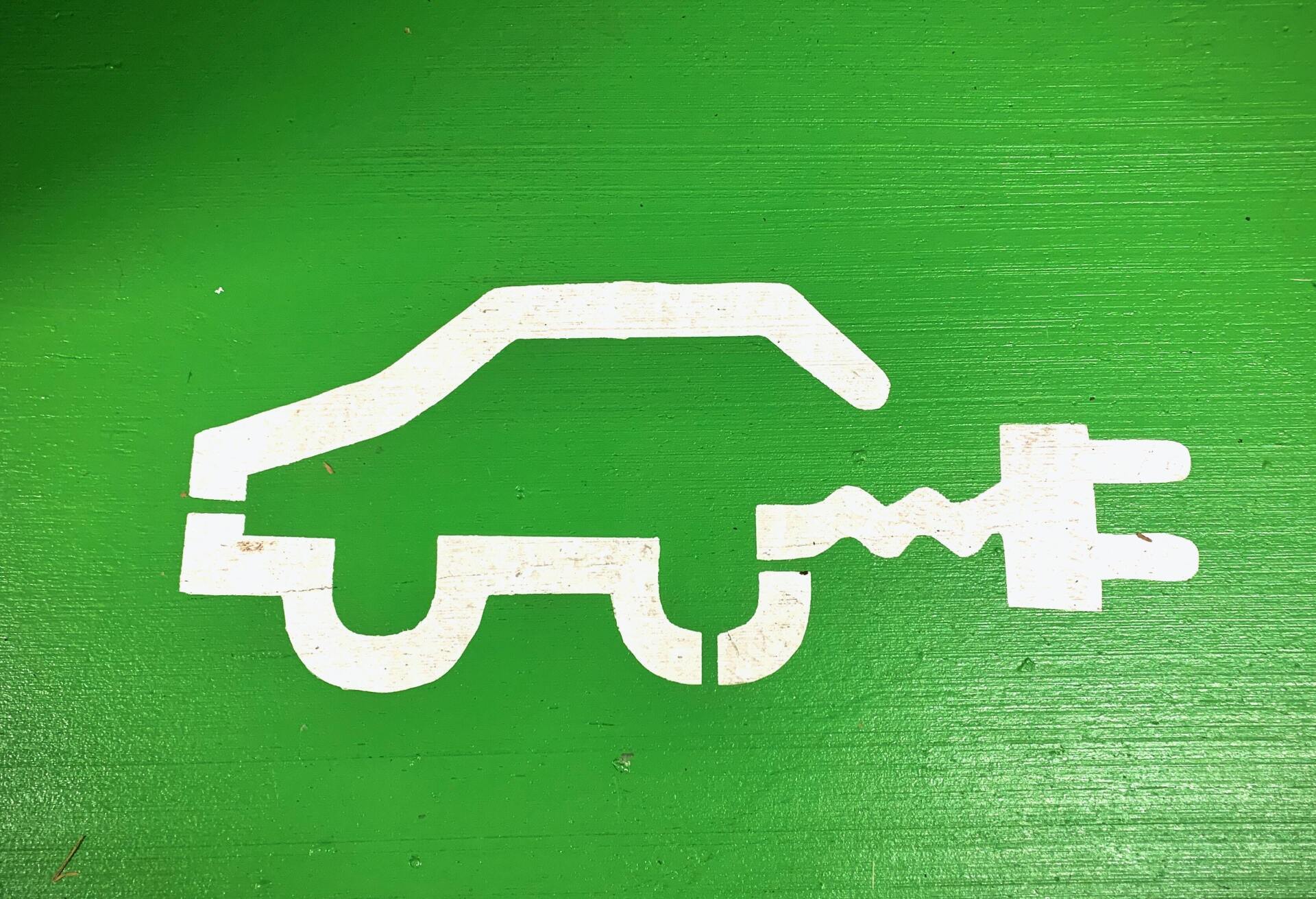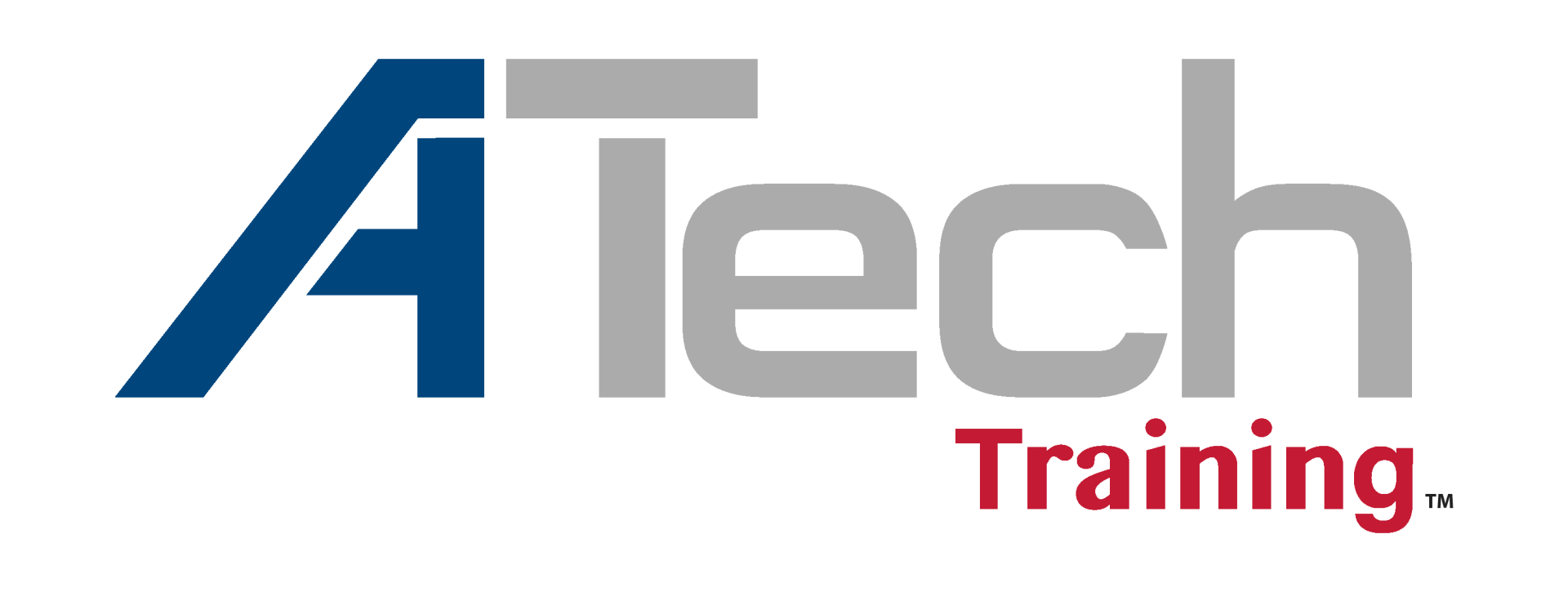Self-Driving Vehicles:
Also known as autonomous vehicles, research and implementation on self-driving cars is probably the fastest-growing advanced vehicle technology. Driven by safety and consumer convenience, different levels of autonomous capabilities appear on almost all vehicles, even base units. Beyond the safety and ease-of-use factor, it is projected that driving assist systems can eventually be used as driverless delivery, taxi, and freight services.
A related subset of autonomous vehicles is the ADAS, or “Advanced Driving Support Systems,” which we addressed in an ATech article late last year. We won’t rehash that article, but it is safe to say ADAS repair will continue to be a growing concern.


